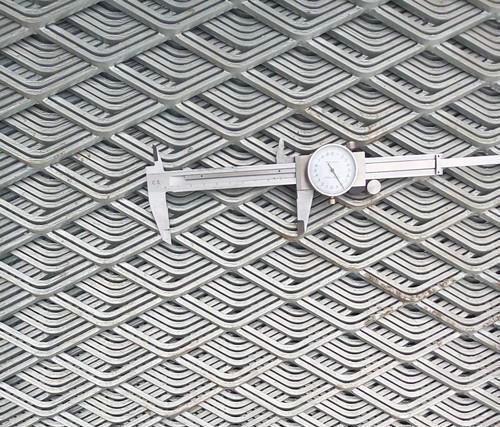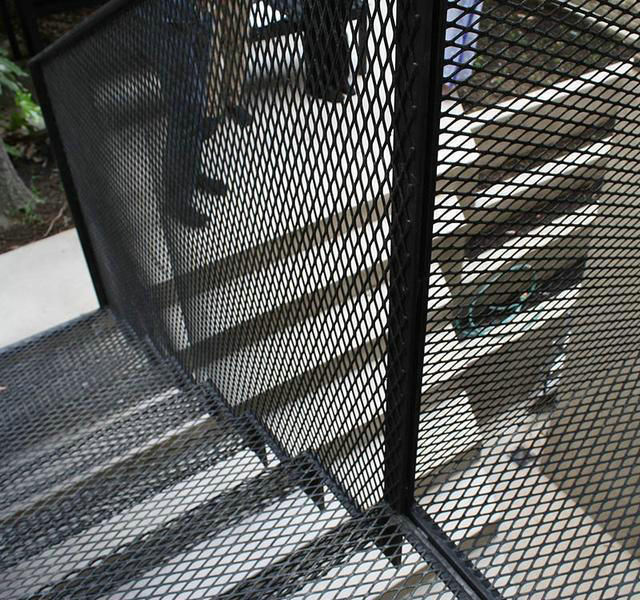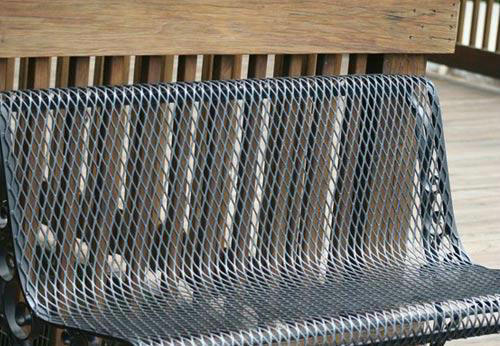How to cleverly use expanded metal mesh for ceilings?
Release time:2025-02-21
Ceiling materials generally include gypsum board, mineral wool board, plywood, aluminum panel, and glass. However, a recently emerged steel mesh ceiling has become very popular. The question of how to use steel mesh for ceiling construction, however, has stumped many ceiling workers. Below is an explanation of clever methods for steel mesh ceiling installation.
Ceiling materials generally include gypsum board, mineral wool board, plywood, aluminum panels, and glass. However, a recently popular type of steel wire mesh ceiling has become very popular. However, the use of steel wire mesh for ceiling construction has stumped many ceiling installers. The following is a clever method for installing steel wire mesh ceilings.

The steel wire mesh used for ceilings is called ceiling steel wire mesh. Ceiling steel wire mesh can be divided into several types according to material: aluminum alloy steel wire mesh (also known as aluminum wire mesh), stainless steel steel wire mesh, and ordinary carbon steel steel wire mesh. Aluminum wire mesh can be further divided into sprayed aluminum wire mesh and oxidized aluminum wire mesh, the main difference being color. Commonly used stainless steel wire meshes include 304 stainless steel wire mesh and 316 stainless steel wire mesh.

After being processed by the steel wire mesh factory, the steel wire mesh needs further processing to add a frame, facilitating splicing and fixing during installation and improving appearance. The material of the frame depends on the weight and thickness of the steel wire mesh used, to avoid deformation after welding. In addition, if the size of a single ceiling steel wire mesh is large, a support needs to be added to its frame to prevent deformation.
Although ceilings seem complicated, they are actually quite simple. They require purlins to support the ceiling material, and steel wire mesh also requires purlins for fixing and installation. After calculating the weight of the ceiling steel wire mesh, the purlins can be designed accordingly. By placing the steel wire mesh on the purlins and securing it, the construction can be completed.

Appendix:
Short Pitch: SWD, refers to the length of the shorter diagonal of the rhombus from the center of the node to the center of the node.
Long Pitch: LWD, refers to the length of the longer diagonal of the rhombus from the center of the node to the center of the node.
Short Inner Hole: SWO, refers to the length of the shorter diagonal of the rhombus of the inner hole.
Long Inner Hole: LWO, refers to the length of the longer diagonal of the rhombus of the inner hole.
Strand: Strand, the edge of the rhombus of the steel wire mesh. Strand width refers to the length of the metal sheet used to make one strand, also known as the input length in the factory.
Node: Bond, the connection point of two strands or two meshes.
Thickness: Thickness, the thickness of the original metal sheet material. Note that the strand thickness of the steel wire mesh is slightly smaller than the thickness of the original sheet material due to the stamping process.


